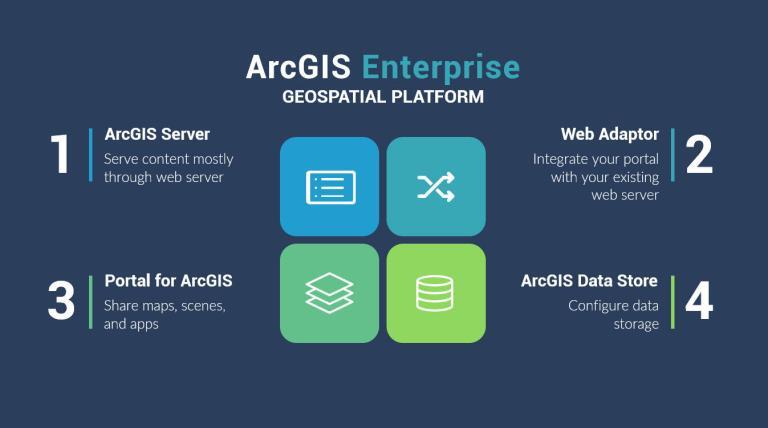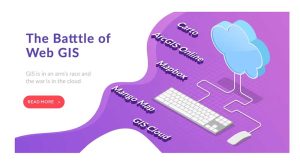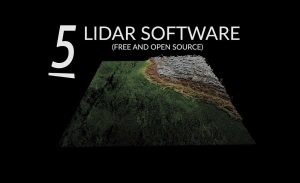ArcGIS Enterprise – The Geospatial Platform

ArcGIS Enterprise
ArcGIS Enterprise is a back-end software built by Esri. It allows you to control how to implement web GIS and serve spatial data for sharing across an organization.
But you determine whether you want to deploy it on the cloud, virtual machines, or on your laptop because you are in control of its deployment.
ArcGIS Enterprise consists of 4 main software components. (1) ArcGIS Server, (2) Portal for ArcGIS, (3) ArcGIS Web Adaptor, and (4) ArcGIS Data Store.
You need all four of these software components in order to have ArcGIS Enterprise. Here’s more information on these components as well as what they can do for you.
1. ArcGIS Server

The main role of ArcGIS Server is to serve content mostly through a web server. It powers your online maps so you can retrieve, display, and even edit map data.
But keep in mind that it is possible to have ArcGIS Server on its own because it pre-exists all of these 4 software components.
2. Portal for ArcGIS

Portal for ArcGIS is like having your own in-house ArcGIS Online. But content is behind your portal stored within the firewall, instead of within the cloud.
It’s a similar experience to ArcGIS Online, but it keeps everything in-house. You can manage items like the ArcGIS Online catalog and they have REST endpoints.
3. ArcGIS Web Adaptor

The ArcGIS Web Adaptor is an authentication component for single sign-on. You can use the same credentials that you use to log in to your computer for the portal.
It also serves as a load balancer because it can forward multiple requests to your pool of ArcGIS Server machines.
4. ArcGIS Data Store

The ArcGIS Data Store is like a scratch space for storing hosted content, but it’s managed through the portal and server interface.
This is not to be confused with the enterprise geodatabase which it doesn’t replace in any shape or form. It’s simply for storing content added by current users
Add-on Capabilities
Once you have these four components set up, ArcGIS Enterprise can add capabilities to the base installation. For example, you can license any of the following ArcGIS Server roles:
- GIS Server
- Image Server
- GeoEvent Server
- GeoAnalytics Server
- Knowledge Server
- Notebook Server
- Workflow Manager Server
This means that it will provide the capabilities to work with everything from big data analysis, IoT sensor feeds, and image analysis. Remember that in the old ArcGIS GIS Server world, these used to be their own extensions. But now in ArcGIS Enterprise, you can distribute your cores based on your usage.
If you are considering using Collector, Experience Builder, and Survey 123, these are more like add-ons. They work with either ArcGIS Enterprise or ArcGIS Online. While these apps don’t store the data, they just have their own configuration.
ArcGIS Enterprise on Kubernetes

Deploying ArcGIS Enterprise systems is getting more challenging. They are becoming larger and more complex – such as powering workflows
To solve this problem, you can use ArcGIS Enterprise on Kubernetes. This technology is growing and allows deployment across organizations.
This technology is completely cloud-based. But not only can you run it in the public cloud, but you can also deploy it behind your firewall.
Overall, it’s a simplified deployment experience with fine-grained security access and control within the environment.
Summary: ArcGIS Enterprise
The main four components of ArcGIS Enterprise are ArcGIS Server, Portal for ArcGIS, ArcGIS Web Adaptor, and ArcGIS Data Store.
You need all four of these components in order to have an ArcGIS Enterprise system set up. Once you configure it, then you add ArcGIS Server roles.
Overall, this platform is a solution for account management, data security, as well as storage, and organization.
This article just covers the basics of ArcGIS Enterprise. For all the latest information, make sure to visit Esri’s ArcGIS Enterprise website. You can also check out this Introduction to ArcGIS Enterprise video.








